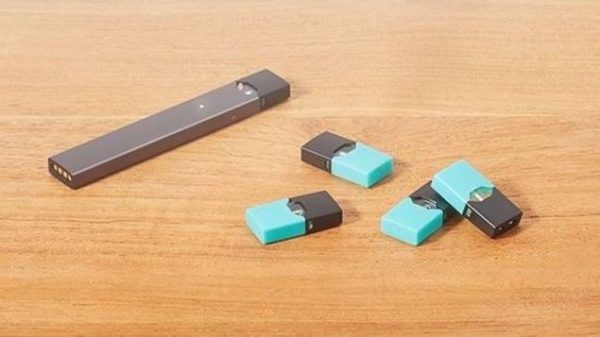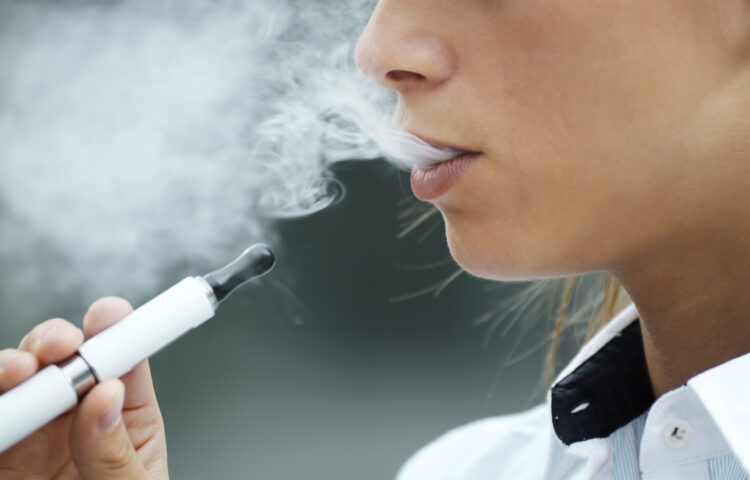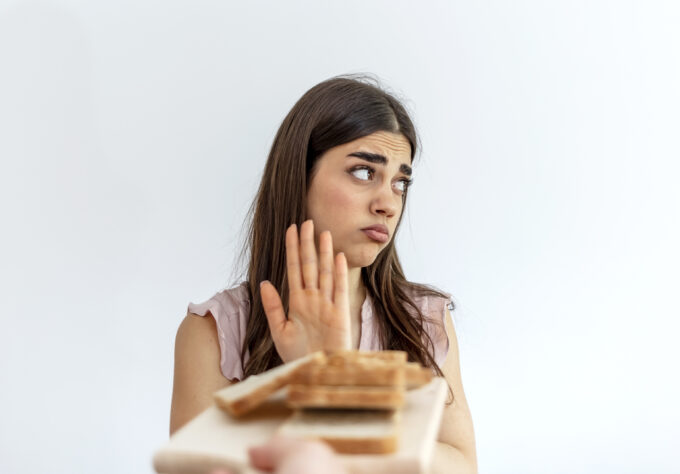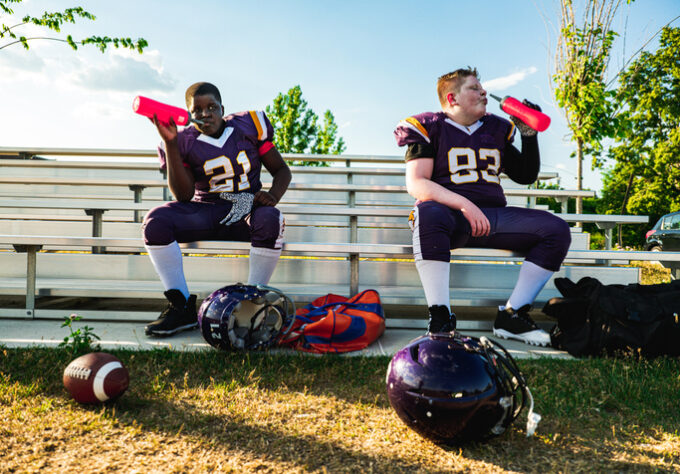In September, 2018, the U.S. Food and Drug Administration (FDA) announced bold new steps to address what they call an “epidemic of youth e-cigarette use.” The new enforcement actions aim directly at the sale and marketing of e-cigarettes to kids. Warnings and fines were sent to retailers who are selling Juul and e-cigarettes to minors. This article explains what you need to know about “vaping.”
What are E-Cigarettes?
Electronic cigarettes (or “e-cigs”) are battery-operated, nicotine-dispensing devices. They’re marketed as a safe alternative to smoking. But they’re not safe because they usually put nicotine — a highly addictive drug — into the body. They also mimic the act of smoking a real cigarette, possibly making it harder to quit.
How Do E-Cigarettes Work?
E-cigarettes use cartridges filled with a liquid that contains nicotine, flavorings, and other chemicals. A heating device inside the e-cigarette turns the liquid into vapor to be inhaled. This vapor is why using e-cigarettes is called “vaping.”
What is Juuling?
A new type of device, called the Juul, is a slim e-cigarette vaporizer that looks like a flash drive and can be charged in a laptop or other USB port. Users insert disposable “pods” of nicotine liquid into the vaporizer. The pods come in flavors that appeal to kids and teens, such as mango, fruit medley, and crème brulee.
Because the Juul is less recognizable than other e-cigarette devices, parents might not even realize their child is vaping. The Juul also puts out less smoke than other devices — and fades away quickly — so some older kids and teens are using them to vape in school. As a result, many schools and school districts are on high alert for the devices.
The Juul delivers nicotine levels similar to a cigarette’s. Each pod has about the same amount of nicotine as a pack of cigarettes, or 200 puffs.

What are the Risks of Vaping?
E-cigarettes don’t burn tobacco, so people don’t inhale the same amounts of tar and carbon monoxide as with a regular cigarette. Nicotine, though, is in most e-cigarettes. Nicotine acts on the brain, nervous system, and heart, and can raise blood pressure and heart rate. After the initial effects wear off, the body starts to crave nicotine because of its addictive quality.
Similar to traditional smokers, an e-cigarette user can feel depressed, tired, or crabby, and crave more nicotine to feel “up” again. Long-term nicotine use can create more serious medical problems, like heart disease, blood clots, lung problems, and stomach ulcers.
E-cigs also deliver an unhealthy dose of toxic chemicals used in products such as antifreeze, insecticide, embalming fluid, and aircraft de-icing.
And it’s unclear exactly what’s in them because e-cigarettes are not regulated by the Food and Drug Administration (FDA). The government has no way to monitor the amount of toxins in e-cigarettes. With nearly 500 brands of e-cigarettes and 7,700 flavors available, e-cigarette content is not consistent industry-wide.
Who is Vaping?
E-cigarettes continue to become more popular. So, your kids may notice other kids vaping and want to try it as something new and cool. Advertisers are spending big bucks on marketing the devices. While they maintain that they’re “designed for smokers” or “adult smokers trying to quit,” the lifestyle marketing also appeals to middle and high school age kids. Their websites are easy for kids of any age to access, and the manufacturers offer discounts, “special offers,” free shipping, user tutorials, and other lures.
What Else Should Parents Know?
Kids and teens aren’t just turning to e-cigs instead of traditional cigarettes. Many also try hookahs — water pipes used to smoke flavored tobacco. Hookah bars and cafes are popular worldwide including in America, especially on college campuses. Many think hookahs are not as harmful as cigarettes, but the way hookah smoke is consumed makes it more dangerous than cigarettes or e-cigarettes. The average hookah user smokes 200 puffs per hour while the average cigarette smoker takes 20 puffs per hour.
It’s important to note that e-cigarettes, and other tobacco products like hookahs, are off-limits to minors–kids younger than 18 years of age. This means retailers cannot sell any tobacco product, including e-cigarettes, to anyone younger than 18 years old, and just like with traditional cigarettes, retailers have to ask for proof of age by photo ID from those purchasing any tobacco products
How Can I Help My Kids?
Talk to your kids about how addictive nicotine is and the health problems it can cause. Make sure they know the best way to avoid these problems is to never start smoking or vaping. Teens can feel invincible, and often don’t consider the future consequences of choices they make now. But it’s important to try to get them to think about them.
And remember to set a good example. Most kids say they want to be like one of their parents when they grow up. So if you smoke (or vape), do your best to kick the habit.
If you have questions or concerns, talk to your child’s health care provider.
Learn More
E-Cigarettes (KidsHealth.org)
Kids and Smoking (KidsHealth.org)



